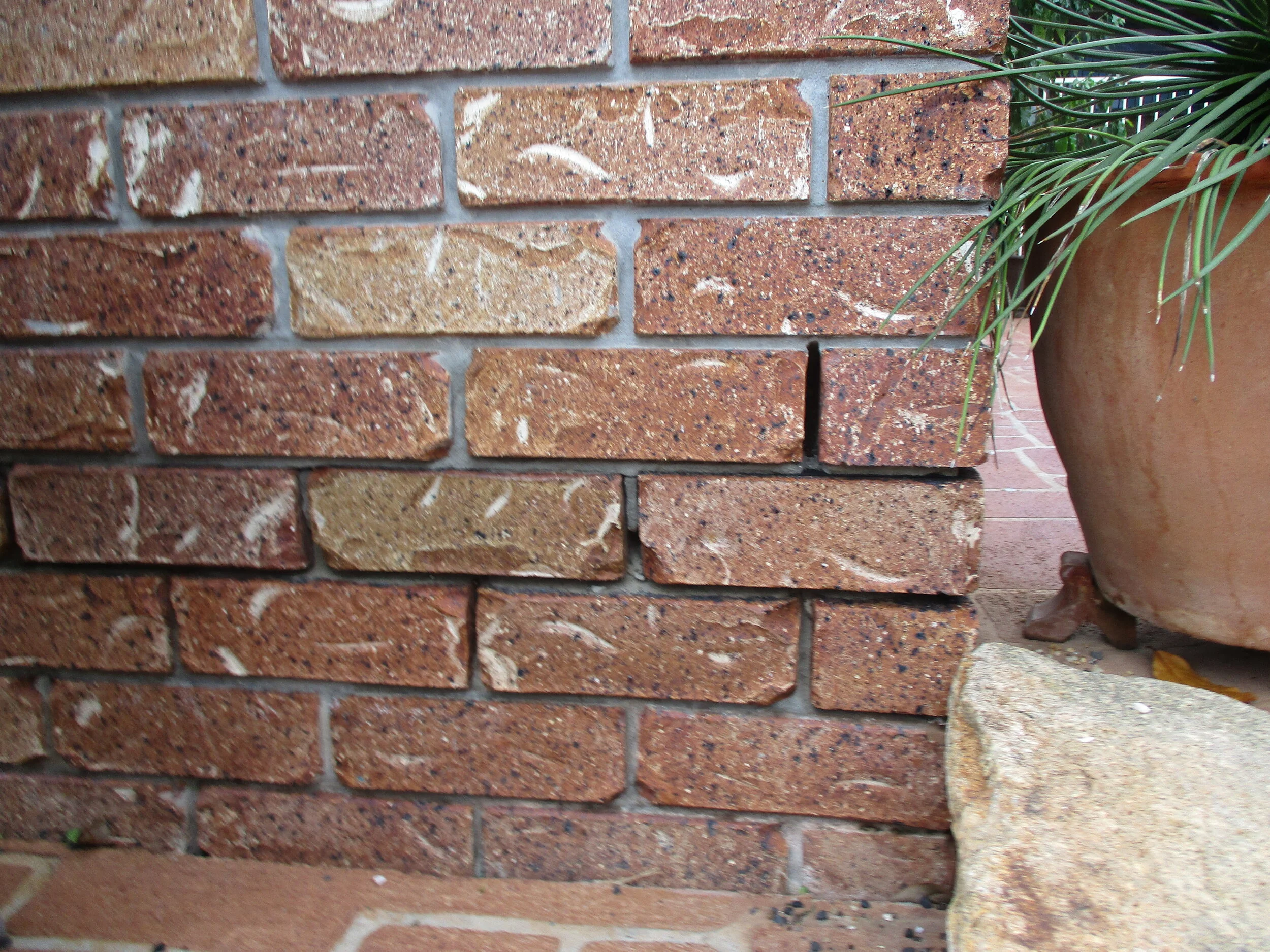Are you planning to purchase a home soon? Or perhaps you’ve noticed bubbling paint in some of your rooms and are wondering whether you should be concerned?
Rising damp is one of the most common building issues in Australia. Unfortunately, if left untreated, it can lead to serious issues both for you and your property.
In this article, we’ll define rising damp before highlighting what causes the phenomenon to occur and how to fix the issue.
Rising Damp Definition
Rising damp is a form of damp that affects the walls of a building. This phenomenon occurs when the moisture from the ground travels up through the bricks or masonry, also known as ‘’capillary action’’.
It can usually be spotted on walls as it creates bubbling or flaking paint, leads to peeling plaster, or leaves tide marks on your walls. Note that it can also leave white fluffy salt deposits on the walls (leading to corrosion), cause mould issues, and lead to rotting window frames. While rising damp causes cosmetic problems such as flaky paint or crumbling of masonry, severe rising damp issues can also lead to severe structural damage to a building. Besides, in addition to creating structural damage such as sagging floorboards, it can lead to health damage due to mould exposure.
Main Cause of Rising Damp
Properties are usually built with a damp-proof course between the foundations and the walls in order to prevent moisture absorption.
Rising damp is often caused by a lack of impermeable damp-proof course, meaning that there’s nothing to stop the water from travelling up into your brickwork. Besides, damp-proof courses can also be bridged with debris in the wall cavity, for instance. Rising damp might also occur If the external ground is higher than the damp-proof course.
Note that rising damp is often confused with damp caused by condensation. However, an easy way to check is to have a look at a section in the centre of the wall. If simple condensation is the cause of your trouble, the section won’t be damp.
How to fix Rising Damp
In order to fix rising damp, you’ll need to remove any contaminated plaster in your home before proceeding to inject a damp-proofing cream along the mortar course. Once you’re done, you’ll be able to replaster and redecorate your wall. You’ll also need to ensure that any land drainage, leak, or ventilation issues are addressed before starting to fix the rising damp.

